Choosing a White-Labeled Travel Platform Provider? Here's What to Look For

White-labeled travel platforms are ready-made, customizable software solutions provided by travel solution companies. These platforms allow businesses to offer travel services under their own brand without needing to develop the software themselves.
Unlike private-labeled products, which are developed exclusively for one company, white-labeled solutions are created to be rebranded by multiple companies. Organizations like travel agencies, travel clubs, banks, and other companies can benefit from these solutions.
This guide will help you understand what to look for when choosing a white-labeled travel platform provider to ensure it meets your business needs and helps you achieve your goals.
1. Platform Features and Functionality
Range of Features
The core of any white-labeled travel platform is its features. When evaluating providers, it’s crucial to examine the breadth and depth of functionalities offered. Key features to consider include:
Customizable Search and Booking Engines
The platform should support a wide range of travel products such as flights, hotels, car rentals, and activities. An intuitive search and booking process is essential for providing a seamless user experience. Look for features that allow customization to align with your brand’s look and feel, including filtering options, real-time availability, dynamic pricing, and user-friendly interfaces. The ability to integrate with multiple global distribution systems (GDS) and travel suppliers is also a plus, ensuring comprehensive and competitive offerings.
Payment Gateways
Multiple, secure payment options are crucial for accommodating diverse customer preferences and enhancing trust. The platform should support various payment methods, including credit cards, debit cards, digital wallets, and bank transfers. Additionally, it should handle multiple currencies and comply with global security standards such as PCI DSS (Payment Card Industry Data Security Standard). The integration of fraud prevention measures and seamless payment processes can significantly improve customer satisfaction and reduce transaction risks.
Multilingual Options
To cater to a global audience, the platform should offer multilingual support. This includes not only the user interface but also customer service tools, booking confirmations, and marketing materials. Multilingual capabilities ensure that customers can interact with your platform in their preferred language, improving accessibility and user experience. It also helps in building trust and loyalty among non-native speakers by providing localized content and support.
Customer Support Tools
Efficient customer support is a cornerstone of a successful travel business. Look for features that enable easy management of customer queries and issues. Essential tools include live chat support, ticketing systems for tracking and resolving issues, and detailed reporting for monitoring performance and identifying areas for improvement.
Automated responses and chatbots can handle common inquiries, freeing up human agents for more complex issues. Integration with CRM systems can further enhance customer relationship management by providing a unified view of customer interactions.

Ease of Use
A user-friendly interface for both customers and your internal team is vital. The platform should have an intuitive design, straightforward navigation, and seamless workflows to enhance user experience and operational efficiency.
User Interface (UI)
The platform’s UI should be clean, modern, and easy to navigate. Customers should be able to find and book travel products with minimal effort. This includes clear categorization of products, prominent search and filter options, and straightforward booking steps. For your internal team, the administrative interface should provide easy access to key functionalities such as inventory management, booking oversight, and customer service tools.
User Experience (UX)
A well-designed UX ensures that users have a positive experience from start to finish. This includes fast load times, responsive design for mobile and desktop users, and clear, actionable feedback during interactions. The platform should also offer personalization features, such as saving user preferences and past bookings, to enhance repeat user experience.
Operational Efficiency
The platform should streamline operations through features like automated booking confirmations, real-time inventory updates, and integrated reporting tools. Easy-to-use dashboards and analytics can help your team track performance metrics, manage resources, and make informed decisions quickly. Additionally, training and support provided by the platform provider can ensure your team can fully leverage the platform’s capabilities from day one.
By thoroughly assessing these features and ensuring they align with your business needs, you can choose a white-labeled travel platform that enhances both your customer experience and operational efficiency.

2. Customization Options
Branding and Personalization
Your travel platform should serve as an extension of your brand identity. It’s crucial to ensure the provider offers extensive customization options that align with your brand’s unique characteristics:
Branding Elements
Verify if the platform allows you to customize logos, color schemes, typography, and other visual elements. This customization helps in creating a cohesive brand image and reinforces brand recognition among customers.
Content Management
Look for flexibility in managing and updating content such as travel deals, destination descriptions, promotional banners, and images. The ability to swiftly update content ensures that your platform remains dynamic and relevant to your audience’s needs.
User Interface (UI) Customization
Customize UI components such as navigation menus, buttons, and layout to provide a consistent brand experience across all customer interactions. A unified look and feel across desktop, mobile, and tablet devices enhance user engagement and satisfaction.
Seamless Integration
Efficient integration with your existing technology ecosystem is crucial for maximizing operational efficiency and providing a seamless user experience:
APIs and Webhooks
Ensure the platform offers robust APIs and webhooks for seamless data exchange and integration with your Customer Relationship Management (CRM), Enterprise Resource Planning (ERP), or other internal systems. APIs facilitate real-time synchronization of data, enabling better decision-making and personalized customer interactions.
Third-party Services
Compatibility with essential third-party services and tools such as email marketing platforms, analytics tools, and customer support systems is essential. Integration with these services enhances marketing capabilities, provides valuable insights into customer behavior, and streamlines customer support processes.
By choosing a travel platform provider that offers comprehensive customization and seamless integration options, you can tailor your platform to meet specific business needs, enhance brand identity, and improve overall operational efficiency. These features ensure that your travel business remains competitive and responsive to evolving market demands.

3. Integration with Existing Technology
Compatibility and Flexibility
A successful implementation of a white-labeled travel platform hinges on its seamless integration with your current technology infrastructure. Here’s what to consider:
Technical Compatibility Verify if the platform supports your existing software, hardware, and network setups. Compatibility ensures smooth data flow and operational continuity across your systems.
Data Migration Look for tools and support to facilitate the migration of existing data to the new platform. It’s crucial to minimize downtime and data loss during this transition to maintain business continuity.
Minimal Disruption
To ensure a smooth integration process and minimize operational disruptions, consider the following:
Onboarding Support
Choose a provider that offers a structured onboarding process. Clear documentation, comprehensive training sessions, and access to dedicated support teams streamline the integration experience.
Ongoing Assistance
Opt for a provider that offers continuous support post-integration. This includes addressing any issues promptly and ensuring the platform operates seamlessly within your ecosystem.
By prioritizing compatibility, seamless data migration, and robust support throughout the integration process, you can effectively integrate a white-labeled travel platform into your existing technology stack. This approach helps maintain operational efficiency, enhances customer service capabilities, and supports long-term business growth.

4. Provider Reputation and Experience
Choose a provider with a proven track record in the travel industry. Key aspects to consider:
Years in Business: Longevity in the market often indicates reliability and experience.
Client Testimonials: Look for reviews, case studies, and testimonials from existing clients to gauge satisfaction and performance.
Industry Recognition: Awards, certifications, and industry accolades can further validate the provider’s credibility.
Quality of Service
Assess the quality of service the provider offers. This includes:
Customer Support: Availability and responsiveness of the support team. Ensure they offer multiple support channels (email, phone, live chat) and have a reputation for resolving issues promptly.
Service Level Agreements (SLAs): Clear SLAs that outline performance standards, uptime guarantees, and response times.
5. Scalability
Your chosen platform should be able to grow with your business. Consider:
Scalability: The platform should handle increasing transaction volumes and customer numbers without compromising performance.
Flexibility: Ability to add new features, services, or destinations as your business expands.
Global Reach: Support for international markets, including different languages, currencies, and compliance with local regulations.
Adapting to Changing Needs
The travel industry is dynamic, and your platform should be able to adapt to new trends and customer demands. Look for:
Regular Updates: The provider should regularly update the platform with new features, improvements, and security enhancements.
Innovative Solutions: A commitment to innovation, ensuring the platform leverages the latest technologies (e.g., AI, machine learning, big data) to enhance user experience and operational efficiency.
People also read: The Telecom Industry’s Venture Into Travel & What It Means
Why Choose CTS as Your White-Label Travel Solution?
1. Fully Customizable Front-End
Custom Travel Solutions offers a completely customizable front-end for your travel platform. Whether you’re an agency, a corporate entity, or an individual entrepreneur, you can tailor the user interface to match your brand identity. From color schemes to layout design, CTS ensures that your platform reflects your unique vision.
2. Quick to Market & End-to-End Solution
Time is of the essence in the competitive travel industry. With CTS, you can go live in as little as five days. Their end-to-end solution covers everything from booking engines to customer support. No need to spend months developing your own system—CTS has you covered.
3. Global Travel Solution Club
CTS provides a global travel solution club, allowing your members to access a vast network of accommodations, flights, and cruises. With over 3 million accommodations and 900 air carriers, your users will have an extensive range of options. Plus, the platform supports multiple languages and currencies, making it truly global.
4. Elevated Customer Benefits
Loyalty matters. CTS ensures that your customers receive top-notch benefits. From discounted rates at major car rental brands to personalized rewards, your members will feel valued. The transparent loyalty program keeps them engaged, leading to repeat bookings and increased revenue.
5. Full Visibility and Control
With CTS, you retain full control of your customer relationships. No third-party intermediaries—just direct engagement. Serviced members become loyal members, and you capture the full revenue opportunity. Plus, the platform provides real-time visibility into customer interactions and data.
Conclusion
Choosing the right white-labeled travel platform provider is crucial for the success of your travel business. By focusing on platform features and functionality, customization options, seamless integration, provider reputation, and scalability, you can select a provider that not only meets your current needs but also supports your growth and adapts to the evolving travel landscape.
By taking the time to thoroughly evaluate potential providers based on these criteria, you can ensure a successful partnership that drives your business forward and enhances your customers’ travel experiences.
Want to know how Custom Travel Solutions checks all the boxes? Book a demo.




